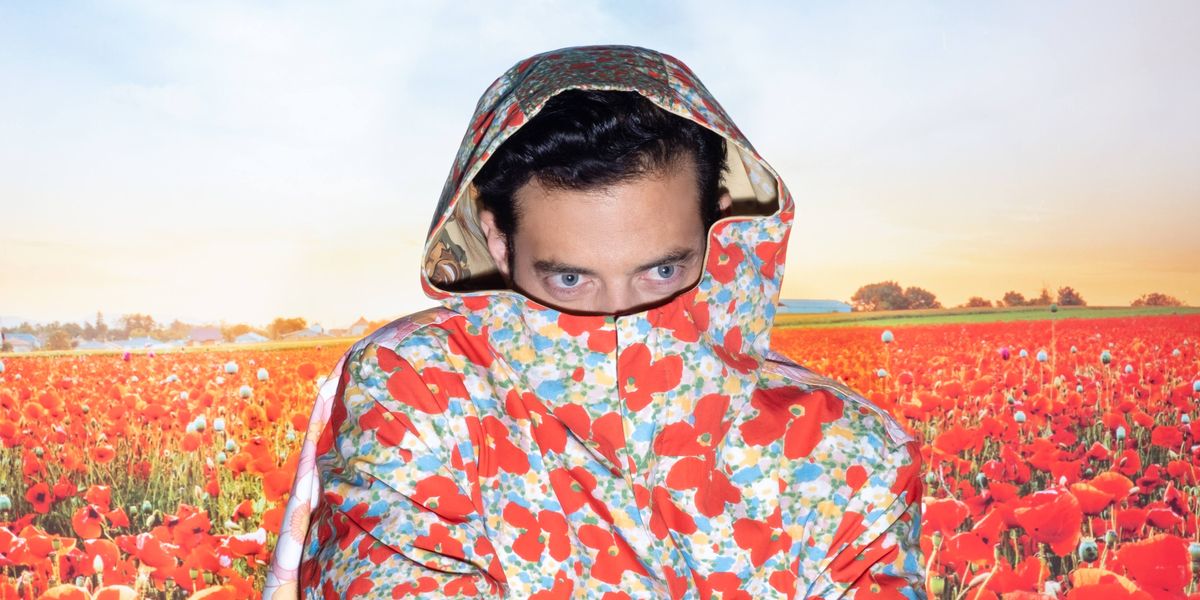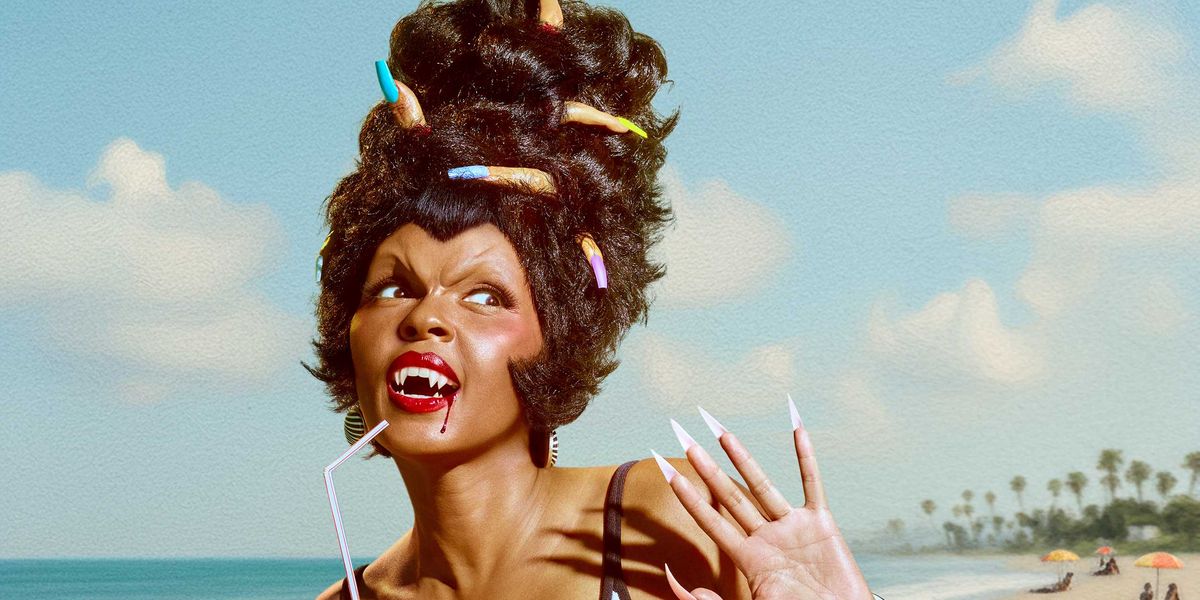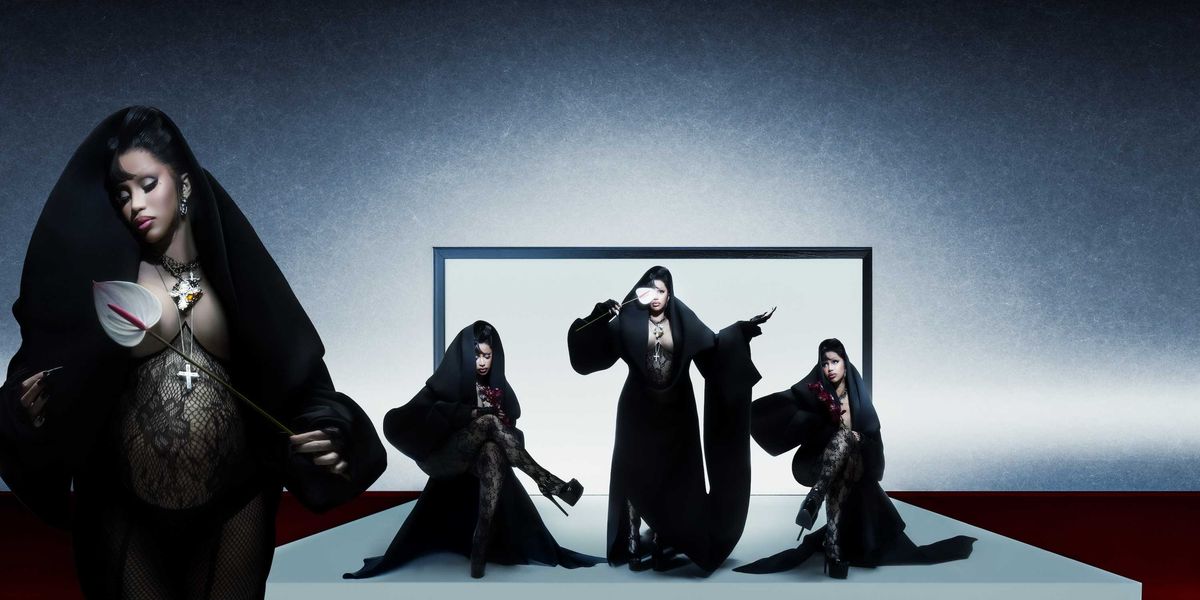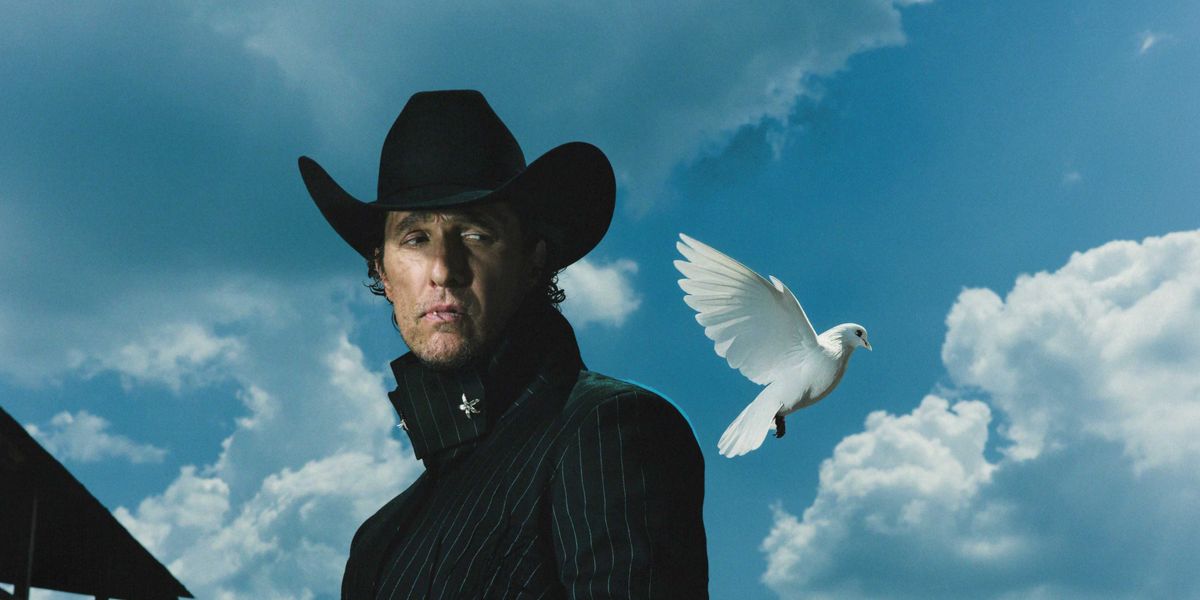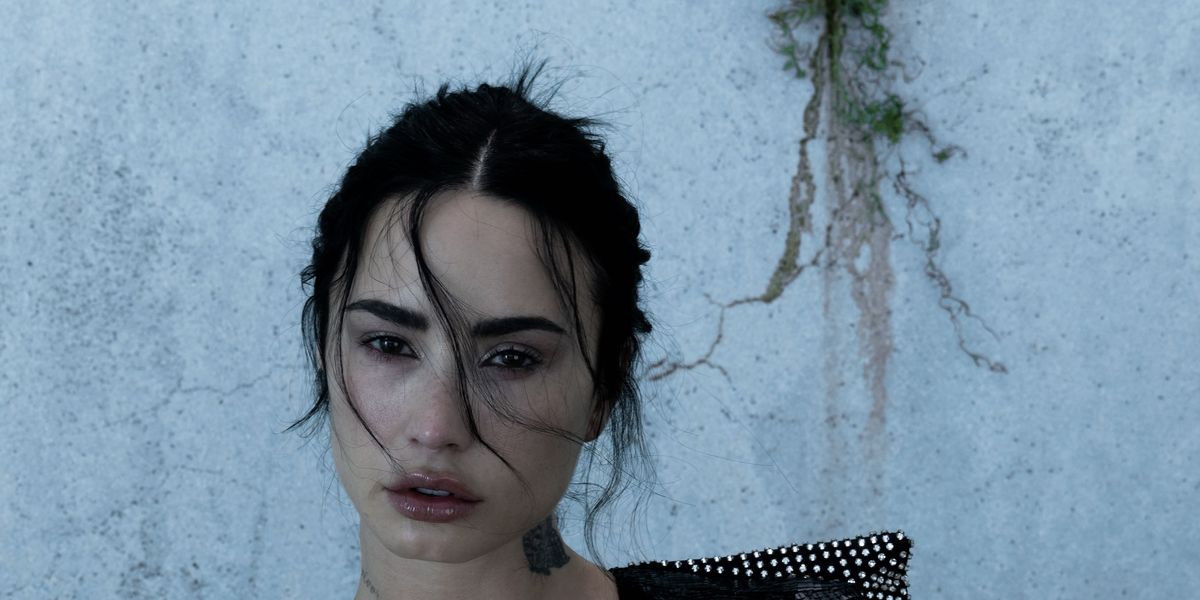
Olympics Drag Outrage: Toward a World Without Art
By Joan Summers
Jul 30, 2024In the spring of 2001, my first grade class was coming down from Pokémania, a marketing craze that spun out of The Pokémon Company’s push into North America at the tail end of the ‘90s.
This phenomenon is my earliest experience of popular culture in my everyday life. In the memory, I am sitting next to Phoebe and Trevor, my best friend and first crush respectively, and our teacher has a print out of a creature called “Alakazam” on a posterboard. Time has worn down her monologue, but I remember Satan was the primary point of concern; she spent what felt like an entire afternoon explaining to us the “demonic” imagery in the strange creature’s design and how “worshiping” Pokémon over God could condemn our soul to eternal damnation.
An easy-breezy day for an evangelical first grader, all things considered.
The perpetual fear of demonic imagery and sacrilege that pervaded my early life has lingered in my heart this week, in the wake of conservative’s baffling response to drag queens’ inclusion at the Paris Olympics. On a bridge over the Seine, as Olympic athletes passed underneath in the boat parade, DJ Barbara Butch was flanked by drag queens that included Nicky Doll, the host of Drag Race France. The tableau featured a performer painted blue and adorned in flowers, reminiscent of the Feast of Dionysus.
In a statement on social media, conservative media fixture Candace Cameron Bure said of the assembled queer people: “To watch such an incredible and wonderful event that’s gonna take place over the next two weeks and see the opening ceremonies completely blaspheme and mock the Christian faith with their interpretation of the Last Supper was disgusting.” Rob Schneider, another Hollywood dropout, added that “I am sorry to say to all the world’s greatest athletes, I wish you all the best, but I cannot watch an Olympics that disrespects Christianity and openly celebrates Satan.”
Amidst backlash from the conservative media world, organizers of the Paris Olympics formally apologized.
The reaction from people like Cameron Bure or Schneider is predicated on the talking point amongst conservative pundits that the re-enactment of the Dionysian festivities was actually a “Satanic” inversion of the imagery of Jesus’ Last Supper. Popular ideas about said dinner party are themselves mostly based on Leonardo da Vinci’s “The Last Supper” mural, painted nearly 1,500 years after the supposed death of Jesus himself, with little relation to the actual events of the Bible. It underscores a growing tension in everyday life, spurred by the rise of anti-trans legislation and conservative backlash, that all art is now weighed on the scale of Christian morality. Should it be deemed lacking, the entire world must rush to correct itself and resume catering to an extremely vocal minority of conservative extremists. The sort of people who’d burn the Library of Alexandria all over again, if given the chance.
The exact sort of people I was raised around. Growing up, my family attended the same church at least two to three times a week for 15 years. From pre-school until high school graduation, I was sent to tiny little church schools, the student bodies of which could comfortably fit into a single NYC subway car. Our curriculums were also heavily censored, in the tradition of these modern fundamentalists, as were the school libraries. Books and art involving magic, fantasy, romance, or “alternative” lifestyles of any kind were omitted completely, and in elementary school, outright forbidden on campus. Music had to be worship songs, movies had to be thinly disguised Bible verses, clothing had to be chaste enough as to not attract the attention of men or display any personality.
Imagine my shock to realize, as an adult, that nothing’s changed amongst them.
Perhaps it's my own view of art, and love for it, that has widened the gulf between myself and the art-averse fundamentalists I can’t seem to get away from. People who have inverted their messages of love and acceptance back in on themselves, towards hatred and fear. Messages I have felt profoundly affected by, more than in the wake of similar blowups amongst religious extremists of late. Maybe it's the recent effects of the worsening political landscape in my own life, or the utterly ludicrous reaction to an opening ceremony performance. The goal of people like Cameron Bure and her gaggle of rogue pundits is a world without art. Or a world where all art has been transformed into iconography and testimony. Despite the ephemeral, all-knowing, extra-dimensional God that created the entire known universe and then abandoned it, the Christian worldview is one profoundly lacking in curiosity.
The sort of curiosity, mind you, that led me to obsess over the fantasy books I snuck into school, or pop stars and bands I discovered on my parent’s living room computer when nobody was around, who I’d eventually grow up to interview and write about for a living. A curiosity that opened my mind to the many layers of the human experience in this world, endlessly multifaceted, ever-changing. The totality of our combined experience during the brief window of life is completely unknowable, yet we continue to make art.
What a delightfully impossible way we’ve conceived of connecting with each other.
I’d rather live in a world with mediocre performance art at the Olympics than one without. I’d rather there be bad music, poorly written books, movies I hate, paintings that disgust me. Even mass-market pop iconography like Pokémon or what World of Wonder has turned the drag industry into: both expressions of the human spirit. Better that than nothing at all. Or worse, a world dominated by the profoundly sexless sensibilities of the modern Christian mind — a barren landscape occasionally marked by violent extremism and tacky Christmas decorations.
Photo via Getty
MORE ON PAPER
Entertainment
Rami Malek Is Certifiably Unserious
Story by Joan Summers / Photography by Adam Powell
Story by Joan Summers / Photography by Adam Powell
14 November
Music
Janelle Monáe, HalloQueen
Story by Ivan Guzman / Photography by Pol Kurucz/ Styling by Alexandra Mandelkorn/ Hair by Nikki Nelms/ Makeup by Sasha Glasser/ Nails by Juan Alvear/ Set design by Krystall Schott
Story by Ivan Guzman / Photography by Pol Kurucz/ Styling by Alexandra Mandelkorn/ Hair by Nikki Nelms/ Makeup by Sasha Glasser/ Nails by Juan Alvear/ Set design by Krystall Schott
27 October
Music
You Don’t Move Cardi B
Story by Erica Campbell / Photography by Jora Frantzis / Styling by Kollin Carter/ Hair by Tokyo Stylez/ Makeup by Erika LaPearl/ Nails by Coca Nguyen/ Set design by Allegra Peyton
Story by Erica Campbell / Photography by Jora Frantzis / Styling by Kollin Carter/ Hair by Tokyo Stylez/ Makeup by Erika LaPearl/ Nails by Coca Nguyen/ Set design by Allegra Peyton
14 October
Entertainment
Matthew McConaughey Found His Rhythm
Story by Joan Summers / Photography by Greg Swales / Styling by Angelina Cantu / Grooming by Kara Yoshimoto Bua
Story by Joan Summers / Photography by Greg Swales / Styling by Angelina Cantu / Grooming by Kara Yoshimoto Bua
30 September
Music
Demi Lovato Is No Joke
Story by Ivan Guzman / Photography by Jason Renaud / Styling by Chris Horan/ Makeup by Loftjet / Set design by Allegra Peyton
Story by Ivan Guzman / Photography by Jason Renaud / Styling by Chris Horan/ Makeup by Loftjet / Set design by Allegra Peyton
15 September
